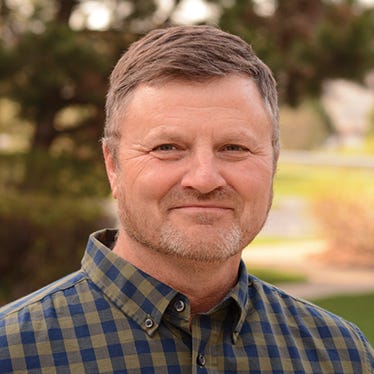
Photos by Curt Arens
Farm history comes to life at Wessels Living History Farm, just south of Interstate 80 in York, Neb.
The 145-acre farmstead includes an early 20th century farmhouse that David Wessels and his brother lived in; a 1920s barn donated by Bill Peters of Shelby; a granary from Bradshaw that belonged to Ralph Stuhr; Zion Lutheran Church from Thayer; and a one-room schoolhouse moved from Sutton.
Along with a tank house, windmill, antique tractor building and main offices, this site offers a glimpse of what a 1920s farmstead in Nebraska might have looked like.
The development of this living history farm was a dream of Wessels. Born in 1917, Wessels and his brothers carried on the family farm where they grew up after their parents retired.
Known as a “straight shooter” who loved to have fun — and a hard worker who was honest with a heart of gold — Wessels loved agriculture and wanted to leave a legacy with this community that would help later generations understand what farm life was like, and how and why things were done on the farm the way they were.
Out of this desire for education, the living history farm was born thanks to Wessels’ vision and commitment. But the farm isn’t just the physical features that you can see. It lives with an online presence on a website that offers videos, testimonies, recollections and detailed information about farming in years gone by.
Throughout the year, the farm hosts guided tours and school groups, but also special events. The farm is a real, working farm, so visitors can help shell corn, help in the garden, feed animals and gather eggs from the farm’s poultry house. Guests are invited to help with whatever needs to be done while they are visiting.
Learn more about Wessels and the farm that is his legacy by visiting livinghistoryfarm.org.
About the Author(s)
You May Also Like






